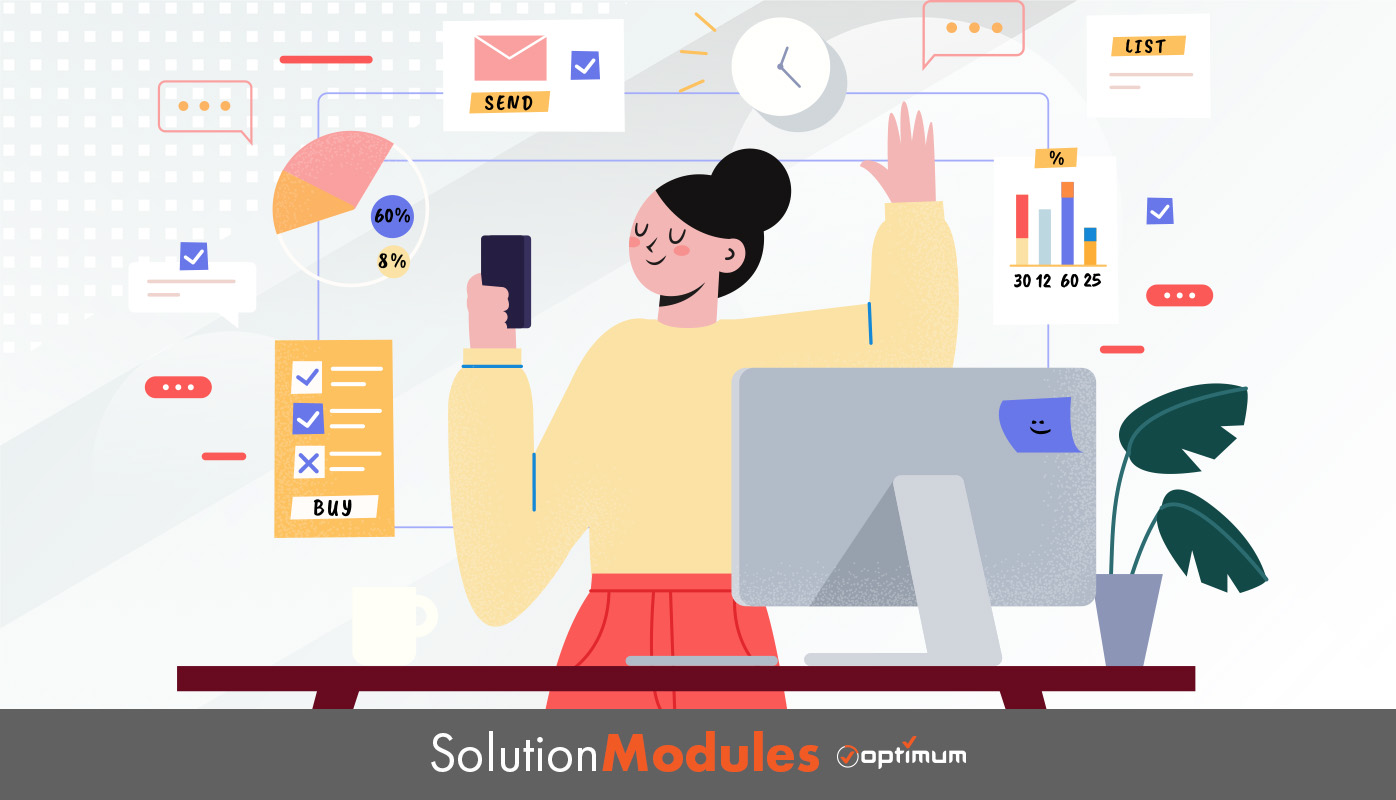
Productivity Tips from Business Messaging
Introduction
The amount of time wasted switching tasks and tools in a business setting can vary depending on the specific circumstances, such as the type of work being done and the individual's work style. However, research has shown that switching between tasks and tools can have a significant negative impact on productivity. One study found that people typically switch tasks every three minutes and five seconds, and it takes an average of 23 minutes and 15 seconds to return to a task after being interrupted. Another study found that the average office worker switches tasks every three minutes and five seconds, and spends only 11 minutes on a task before being interrupted.

In addition to task switching, tool switching can also have a negative impact on productivity. For example, switching between multiple software applications or tools can be time-consuming and disruptive. To minimize the negative impact of task and tool switching, it's important to prioritize tasks and limit distractions as much as possible. This can involve setting aside dedicated blocks of time for specific tasks, turning off notifications, and using tools that integrate multiple functions and can adapt to your specific workflow to reduce the need for switching between multiple applications. Additionally, providing training and resources for employees to improve their time management skills can also help reduce the amount of time wasted due to task and tool switching.
Generalists or Specialists
In today's connected world, businesses have more ways to communicate than ever before. While this offers greater flexibility and convenience, it can also lead to confusion and disorganization. Businesses that want to be successful need to be able to reach their customers through multiple channels, including emails, phone calls, text messages, and live chats. Moreover, they need to be able to manage these channels effectively, keeping track of conversations and ensuring that all messages are responded to in a timely and appropriate manner.
There are advantages and disadvantages to both approaches of handling customer service communications, and the most appropriate approach will depend on a range of factors, including the nature and volume of customer queries and the resources available to the business. Here are some considerations to keep in mind when making a decision: Specialization: Specialization can lead to increased efficiency and higher quality service, as agents can become experts in their particular communication channel and develop specialized skills to resolve customer issues effectively. It can also lead to better response times, as agents can focus exclusively on their channel. Flexibility: On the other hand, having agents who are trained to handle multiple communication channels can provide more flexibility in dealing with different types of customer queries, as they can switch between channels as needed. This can also help to balance workloads during busy periods, as agents can move between channels to ensure that all customer queries are handled efficiently. Training and Support: It's important to provide adequate training and support for agents, regardless of whether they specialize in a particular communication channel or handle multiple channels. This includes providing access to the right tools and resources, ongoing training and coaching, and a supportive work environment.

Ultimately, the best approach to handling customer service communications will depend on the unique needs and circumstances of each business. Some businesses may find that specialization leads to better customer service outcomes, while others may find that a more flexible approach is more effective. It may be useful to conduct a trial period and evaluate the results to determine the most effective approach for your business.
General Tips and Tricks: Improve efficiency and optimize workflows
1. Set Clear Goals
The first step in improving efficiency is to set clear goals. Make sure your goals are specific, measurable, achievable, relevant, and time-bound (SMART). Write them down and ensure they align with your business objectives.2. Prioritize Tasks
Identify the tasks that are most important and urgent and tackle them first. Consider using tools like Eisenhower's Urgent/Important Matrix to help you prioritize your tasks. By focusing on the most important tasks, you'll be able to achieve your goals more quickly and efficiently.3. Minimize Distractions
Minimize distractions like email notifications, social media, and phone calls when you need to focus on important tasks. Consider turning off notifications or setting aside dedicated times to check email and social media. This will help you stay focused and be more productive.4. Delegate Tasks
Delegating tasks to others can be an effective way to free up your time and focus on more important tasks. Make sure to delegate tasks to someone with the right skills and knowledge. By delegating tasks, you can improve your efficiency and achieve your goals more quickly.5. Use Technology
Use technology to automate repetitive tasks and save time. Consider using project management software, time-tracking tools, and automation tools to streamline your workflows. By using technology, you can improve your efficiency and focus on more important tasks.6. Continuously Improve
Continuously look for ways to improve your processes and workflows. Evaluate your results regularly and adjust your strategies as necessary. This will help you optimize your workflows and achieve your goals more efficiently.Conclusion
When it comes to handling customer service communications, there are advantages and disadvantages to both specialization and flexibility. Specialization can lead to increased efficiency and higher quality service, while flexibility can provide more options for dealing with different types of customer queries. Regardless of the approach you choose, it's important to provide adequate training and support for your agents. This includes providing access to the right tools and resources, ongoing training and coaching, and a supportive work environment. By implementing these tips and strategies, businesses can improve their efficiency, save time, and achieve their goals more effectively.